Optimizing images for digital services is essential to enhance user experience, improve website loading times, and reduce bandwidth consumption. Here are some techniques to achieve high-quality images with reduced space:
Image Compression Formats:
- JPEG: Suitable for photographs and images with a wide range of colors.
- PNG: Ideal for images with transparency or flat colors.
- WebP: A newer format that often offers better compression than JPEG or PNG, especially for images with complex backgrounds.
Image Editing Techniques:
- Reduce image size: Use image editing software to reduce the dimensions of the image without compromising quality.
- Optimize colors: Convert images to a smaller color palette to reduce file size.
- Compress without loss: Use lossy compression algorithms (like JPEG) to reduce file size without significantly affecting quality.
- Remove unnecessary elements: Crop images to remove unwanted areas and reduce file size.
Cloud-Based Image Optimization Services:
- Leverage cloud-based services: Utilize platforms like Imgur, Cloudinary, or Amazon S3 to store and optimize images. These services often offer features like automatic resizing, compression, and caching.
Lazy Loading:
- Implement lazy loading: Defer loading of images that are not immediately visible on the screen. This can significantly improve page load times, especially for pages with multiple images.
Responsive Design:
- Optimize for different devices: Ensure images are displayed appropriately on various screen sizes and resolutions. This can help reduce file size and improve user experience.
Content Delivery Network (CDN):
- Use a CDN: A CDN can cache images closer to users, reducing load times and improving performance.
